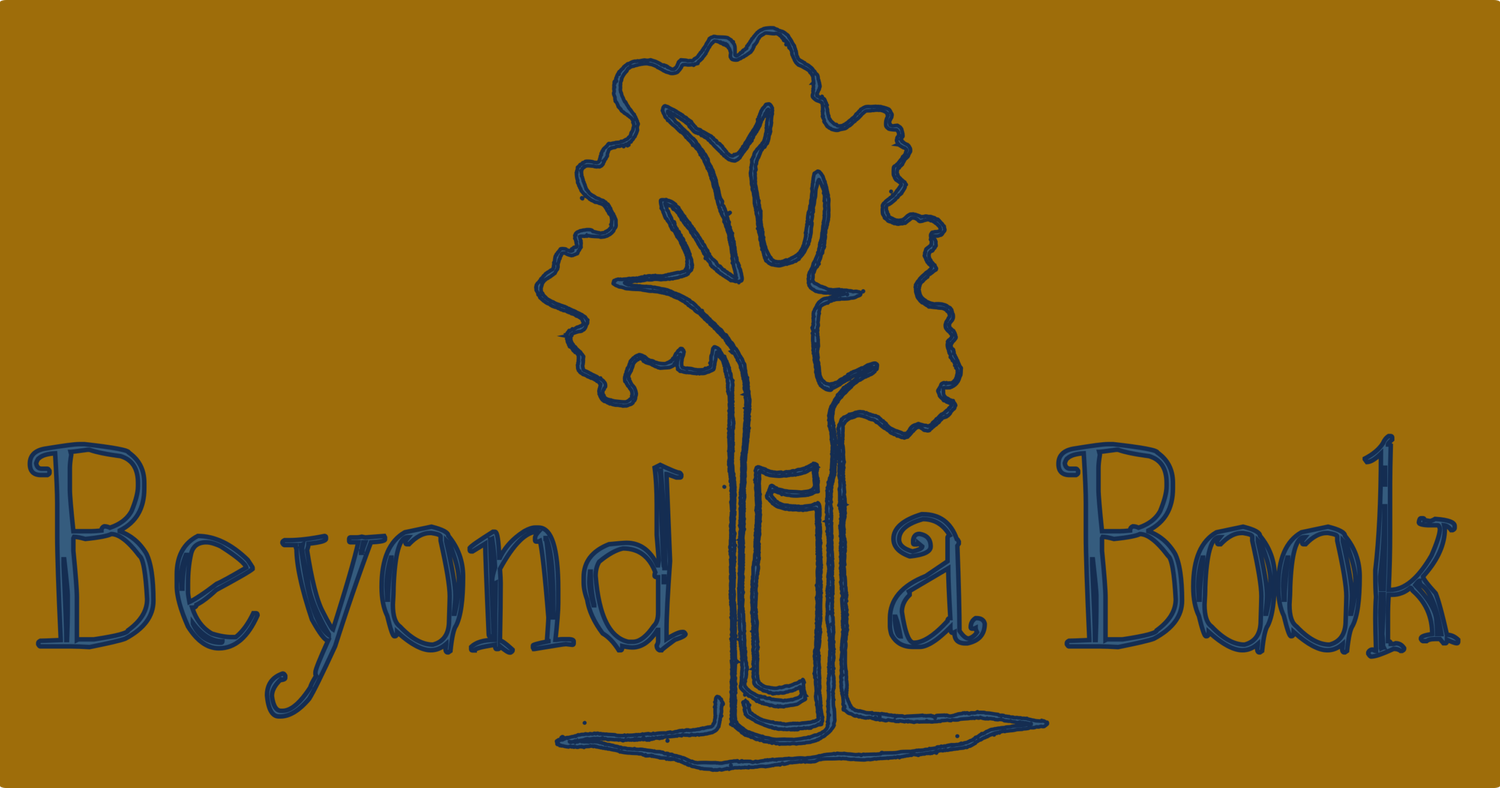Understanding the Monarch Migration
The monarch migration is one of the world's most unique natural wonders. Why? Because these butterflies have an annual, multi-generational, multinational migration. During the migration, they spread out over the eastern Untied States and southern Canada. Along their journey they depend on native flowering plants for food and milkweed plants to raise their young. In the winter, they depend on a small forest in central Mexico to maintain the ideal temperature so that they neither freeze nor starve.
Read more below, about why this is a unique migration worth protecting!
I still can't hardly believe that these delicate butterflies can fly thousands of miles, navigate to places they have never been, and depend on milkweed!
Monarchs are Butterflies!
Most butterflies survive the winter by having a freeze-resistant stage of metamorphosis, usually as a caterpillar or pupa. Monarchs can't do this so instead they fly thousands of miles to a more suitable climate. Other insects might fly farther, but thousands of miles is still impressive!
Multi-generational
Even though the monarch migration is a loop, one individual does not make the entire journey. Instead, it takes between three and five generations of monarchs to complete the annual migration. This means that when a monarch leaves central Mexico in the spring, it's their great-great-grandkids that will be the ones returning to that same forest in the fall. Just imagine if you were able to walk to the exact same house your great-great-grandparents lived in without asking anyone where that was!
Multinational
The monarch migration includes three countries: Mexico, the United States and Canada. The oyamel fir forests in central Mexico are crucial because this is where the monarchs overwinter. In the eastern United States and southern Canada, breeding habitat, which includes nectar plants and milkweed plants, are crucial to the monarch migration.
A Team Sport
In order to save the monarch migration we need all hands on deck!
Unlike some threatened animals that need large amounts of wild space, the monarchs can thrive in schoolgrounds, backyards, roadsides, farms, and wild spaces. In order for the monarch migration to continue, people all over the migratory route need to plant monarch gardens to allow them to have way- stations along their route. Whether it is a small plot at a school or a large scale roadside project, the monarchs need all hands on deck.
The Milkweed Factor
Monarch caterpillars eat only ONE type of plant: milkweed. Milkweed, or Asclepias spp., is a diverse group of plants known for the toxic, milky sap found in its leaves. Most herbivores can't eat milkweed because of this but monarch caterpillars ONLY eat milkweed and when they do they can sequester the toxic compound called cardiac glycoside and become toxic to predators. This is a special type of defense, but it means that people need to plant milkweed in order to keep the monarch population's healthy. Start your garden today!
More Resources
There are so many incredible organizations working to protect the monarch migration. Here are a handful to get you started:
Monarch Lab - A comprehensive site that includes information on monarch biology, research, conservation and education. Monarch Lab oversees the Monarch Larva Monitoring Project
Monarch Watch - A one stop shop for all things monarch: education, conservation and research. Monarch Watch runs the Monarch Watch Tagging Program.
Journey North - This is the place to go to understand the migration patterns of monarchs and other wildlife species. Journey North collects your monarch observations.
Monarch Joint Venture - Here is a collaboration of many projects and programs working together to coordinate efforts to protect the monarch migration in the United States.
Monarch Butterfly Fund - A trilateral partnership project with up to date news and information from Mexico to Canada.
and much, much MORE!


